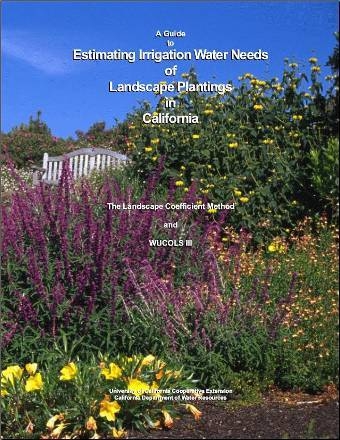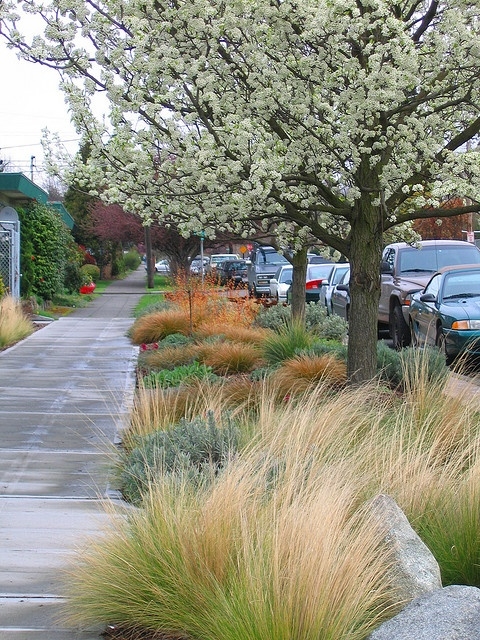Using a Landscape Coefficient
About now, when the triple digits hit, this question sometimes crosses my mind. This month it crossed my mind in both my home garden and in our San Joaquin County Learning Landscape (demonstration garden) when some things began to look a little haggard after our first hot week. It was then that I remembered the concept of the landscape coefficient first introduced in A Guide to Estimating Landscape Water Needs, a document still available as a pdf online (WUCOLS 2000 + Landscape Coefficient Method).
THE LANDSCAPE COEFFICIENT METHOD basically states that once you've done all your other calculations for irrigation application, such as measuring your system application rate and distribution uniformity, your plant water needs using WUCOLS (http://ucanr.edu/sites/WUCOLS/), and the current plant water needs given your local weather (reference evapotranspiration or ETo {https://cimis.water.ca.gov/}), you then should take into account the density of the planting.
Mature multi-layer landscapes need more water
The bottom line here is that even low-water use landscapes will need more water as they mature, and as long as you don't irrigate all year to the July level you can still be responsible and conservative with your water use. If anyone complains, be sure to remind them of the many ecosystem services the landscape provides for these urban heat islands in July!

